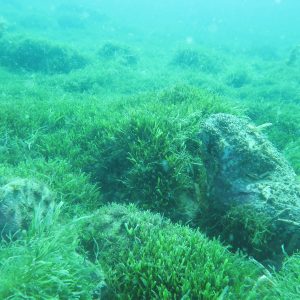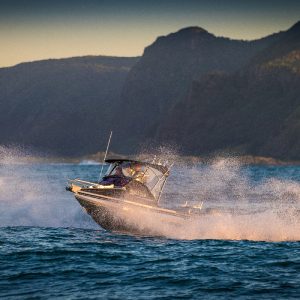A question we hear every year
Spawning success depends on a range of environmental factors ranging from the weather to water temperature or even just the currents. These factors can hugely influence the spawning success. Research indicates a season with warmer waters may increase the survival of these eggs and juvenile snapper by 10-20 times.
Because of the varied success, fish have developed a breeding strategy that depends on these environmental conditions, rather than the overall number of breeding adults. This strategy involves releasing far more eggs into the water column than necessary, over an extended period, to ensure some juveniles find just the right environmental and forage conditions.

So how much of an effect does fishing have on this spawning success?
Despite there being a lack of research on this topic, it appears likely to be minimal compared to the pressures from the environment.
Another question to think about is, what is the difference between taking a breeding female during spawning season and taking one a week before spawning season? Or even 6 months before for that matter? It is all taking potential spawn out of the population. The situation is different for blue cod, however, who change sex from female to male if the dominant male is removed.
The situation is different for blue cod, however, who change sex from female to male if the dominant male is removed.
Fish also vary on when they spawn, not just between species but between areas or even just between individuals in the same area. Snapper, for example, may spawn multiple times per season, the season being anywhere between October to the following March. That is just one species, where would we draw the line?
Current science is inconclusive, but there is evidence to support a precautionary approach, including leaving spawning aggregations, the mass schools of spawning fish, to do their thing without disturbance.
An extract from an MPI Plenary report notes the following –
“Fishing within aggregations of spawning fish may have the potential to disrupt spawning behaviour and, for some fishing methods or species, may lead to reduced spawning success. No research has been conducted on disruption of snapper spawning, but aggregations of spawning snapper often receive high commercial and recreational fishing effort.” [MPI Fisheries Assessment Plenary May 2015.]
Moreover, what areas would we close? Fish species around New Zealand use a wide range of habitats to spawn. Currently, we have sparse information on where these areas are for many of these species. This would see large areas of our waters closed for long periods of time, possibly for little benefit.
Releasing big fish
So far we understand that environmental factors play a significant role in successful breeding. In comparison, the practice of fishers releasing large fish in spawning season would seem to have less impact, however, releasing large fish is good practice regardless of whether it is breeding season or not.
Limiting the harvest of large fish whose genes have successfully navigated it to a significant size and status in the population means its genes are valuable. If we can help those genes endure by releasing the fish successfully rather than killing it, that kind of practice can only do good for our fishery.
Another more pragmatic option is to ensure the fishers of New Zealand are educated on how to minimise their impact on the fishery, how to avoid catching and harming juvenile fish, as well as considering the release of large, genetically valuable fish at any time of the year.
FishCare – The school of best practice
FishCare – The school of best practice explains techniques and methods to use to help conserve our fishery. Some of these methods include using larger hooks, lures or softbaits, or simply releasing the fish in the water to improve the chances of it surviving. Take a look at fishcare.co.nz for more information.
Another way we can contribute to the spawning success of many species is to ensure that the habitats that act as spawning grounds and juvenile nurseries remain intact.
By removing the destructive fishing methods that scour the seabed, destroying features of the habitat that provide shelter and food sources for these juveniles, we are sure to improve the overall success of our ecosystems.
LegaSea comment
LegaSea promotes a policy of removing industrial fishing methods such as trawling, seining and dredging from the inshore zone, to protect important juvenile habitats and improve the overall productivity of the marine environment. This is one of five policy planks within the Fisheries Manifesto 2017.





